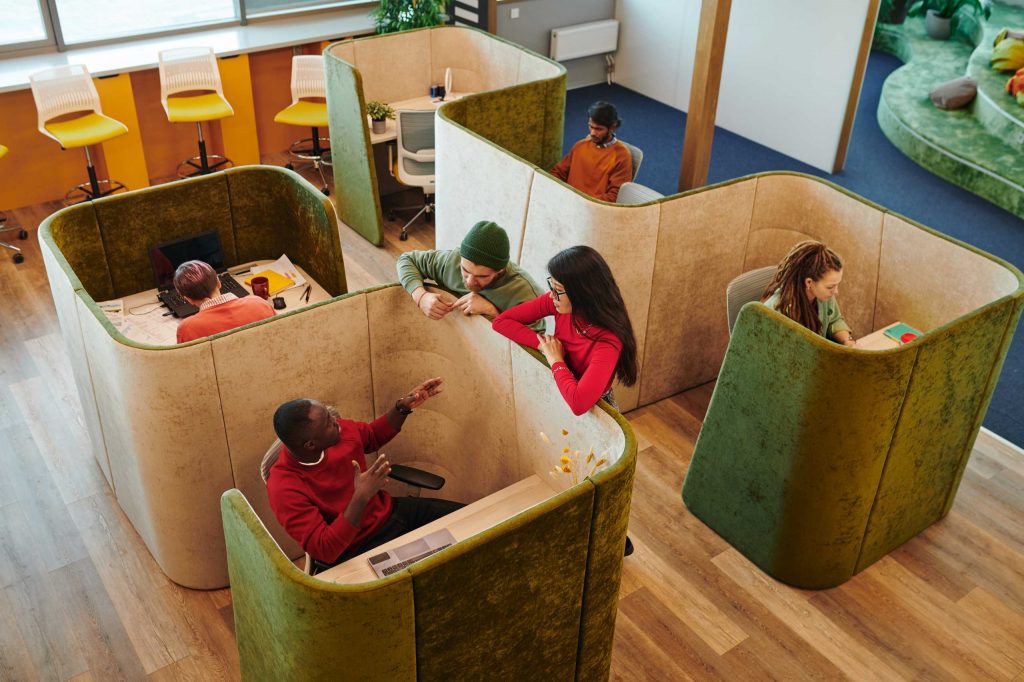Before your pen touches the paper, before your fingers land on the keyboard, before the brush dips into color — something else happens.
You pause. You inhale.
You feel the atmosphere.
And that atmosphere either invites you in…
Or holds you back.
In creative work, we often focus on tools and technique. But there’s a deeper layer — the space we enter before the process begins. That space is not just physical — it’s emotional. It’s the air, the lighting, the temperature, the feeling of safety or tension in the room.
Mood Is Not a Luxury — It’s the Foundation
Creating the right atmosphere is not indulgent. It’s essential.
A cold, harshly lit room might be great for paperwork — but try to paint a dream there.
A cluttered surface might signal “unfinished tasks,” not “fresh ideas.”
Here’s what a nurturing creative atmosphere usually includes:
- Warm, diffused light (natural or artificial — but never aggressive)
- Simplicity — not minimalism, but clarity
- Textures that comfort — soft fabrics, worn wood, smooth paper
- A scent, a sound, a silence — even one small sensory cue can shift your brain into the right gear
When these elements align, you arrive. You land inside yourself, and that’s when creativity begins to move.
Tuning the Space to Your Rhythm
Everyone’s rhythm is different. Some people write best in the morning with sunlight on their face. Others need dim light and jazz at midnight. You don’t have to fit a template. You just have to notice.
Ask yourself:
- What light energizes me?
- What kind of sound makes me want to stay?
- Do I work better when I feel surrounded or spacious?
- Do I need color — or calm?
Answering these is not about creating a “perfect” room. It’s about creating resonance between your inner state and outer environment.
Atmosphere Is Memory, Too
Your space holds memory — not just of tasks, but of emotions.
If you always work under pressure in a certain room, the body remembers. That’s why even changing the scent or adding soft textures can reset the emotional signature of a space.
Try this: light a candle only when you’re doing creative work. Over time, your body will associate that flame with a focused, flowing state. Atmosphere becomes habit — and habit becomes ritual.
A Soft Invitation to Begin
One of the most common creative blocks isn’t lack of skill — it’s lack of readiness. Not in your mind, but in your environment.
You approach your tools but something pushes back. There’s tension. Noise. Glare. Cold.
By preparing the atmosphere first, you remove that resistance. You create a gentle slope instead of a wall.
You create a mood that says, “You’re welcome here.”
Let your creative process begin before the process. Let it begin in the way your room feels.
That’s not procrastination.
That’s preparation of the invisible kind — the kind that opens the door before you knock.

